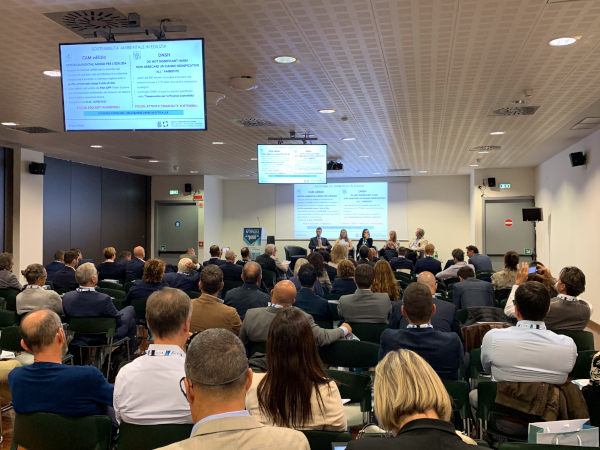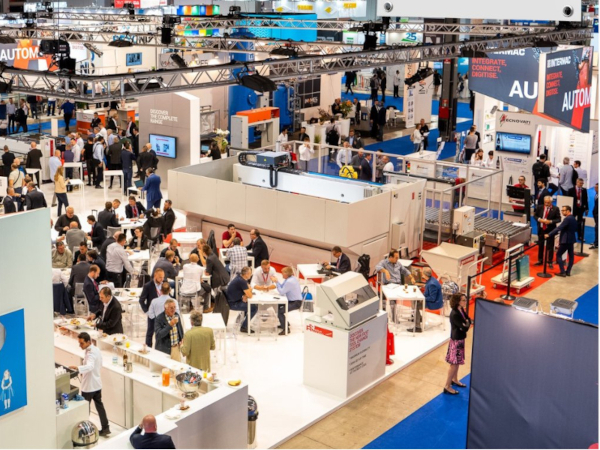Date: 17 April 2013
The well-known Desertec project is now in full swing and new plants are being built in the vast desert areas of North Africa. The glass industry is taking part in these major efforts by supplying the parabolic mirrors and special glass and steel containers for molten salts. The most experienced and informed economic commentators, as well as those dealing with energy production issues, are unanimous in their opinion that ensuring secure, sustainable and competitive forms of energy is a must for economic growth, more widespread wealth and an improved quality of life in Europe and worldwide.All this means renewable, non-polluting sources. In our previous News Online issue we dealt with PV energy, which has grown approximately 40% yearly over the past 5 years with a take-up rate that is rapidly eliminating the cost difference between PV and traditional alternatives, because of its rapidly decreasing prices. This, combined with the fact that PV directly transforms solar light into electric energy without any complicated intermediate phases, makes it well suited for small sized plants and promotes its large-scale penetration in different geographical areas.
.jpg)
CSP (concentrated solar power) technology is a different story altogether. CSP needs solar energy to store heat by concentrating the sun's rays using large parabolic mirrors which, as experimented by Archimedes against the Carthaginians, can melt a mix of mineral salts in special glass and steel containers. Thanks to Carlo Rubbia's winning idea, in this latest version of CSP technology, hazardous oils with low thermal efficiency have been replaced with molten salts. CSP initially received a major impulse through the ambitious Desertec project, carried out by a consortium of large European companies that invested €400 billion to exploit the vast desert expanses of northern Africa for the production of electrical power that was to be distributed locally but also and above all in Europe. Recently, however, two of the leading supporting companies, Siemens and Bosch, have walked out of the project and European economic difficulties combined with political problems caused by the Arab Spring have considerably slowed down operations which have only recently gone on tream again after a radical overhaul of the project.
The fact remains, however that CSP technology, unlike photovoltaics, only works in large areas with strong solar irradiation. These differences aside, the technical and economic value of CSP technology is indisputable, as confirmed by Gianluigi Angelantoni -- owner of the eponymous Italian company that manufactures the steel pipes for the salts flowing at a 550° temperature -- in a recent interview to Qualenergia.it: "CSP is more cost-effective than PV, i.e. €0.14/ kWh and we expect this to drop to €0.10/kWh in the next few years. PV still costs around €0.18/ kWh.
The price of CSP technology will fall at a slower rate as it uses mature components, such as steam turbines. In my opinion, while PV will remain unrivaled for small and medium sized roof installations, it is not the ideal choice for large power plants since CSP has the advantage of energy storage already built into its technology and can recycle waste heat. Forecasts for CSP technology are very bright worldwide. Saudi Arabia plans to build 25 GW of plants using this technology by 2032 compared to 16 GW of PV installations and 10 GW of wind farms, with the first Saudi Arabian 150 MW CSP plant already under construction. We are about to sign a contract for 32,000 receiver pipes with a Chinese consortium for a 50 MW molten salt power plant in Tibet. It is the first step in a project to build a huge 15 GW power plant that will occupy 2000 square kilometers at an altitude of more than 3000 m, where irradiation and temperature conditions are ideal."
The major rebound of CSP technology is borne out by another important project: Shams 1, the world's largest CSP plant and about to enter into operation in the United Arab Emirates. It will cover a surface area of more than 2 ½ km and will generate 100 MW of electricity, enough to meet the demand of 20,000 houses and save 150 tons of carbon dioxide.
The combination of PV and CSP, in addition to wind, hydroelectric and to a certain extent nuclear energy, may help us to progressively break our dependence on fossil fuels, the major culprit of the incredible level of pollution and that are running out today.







Add new comment